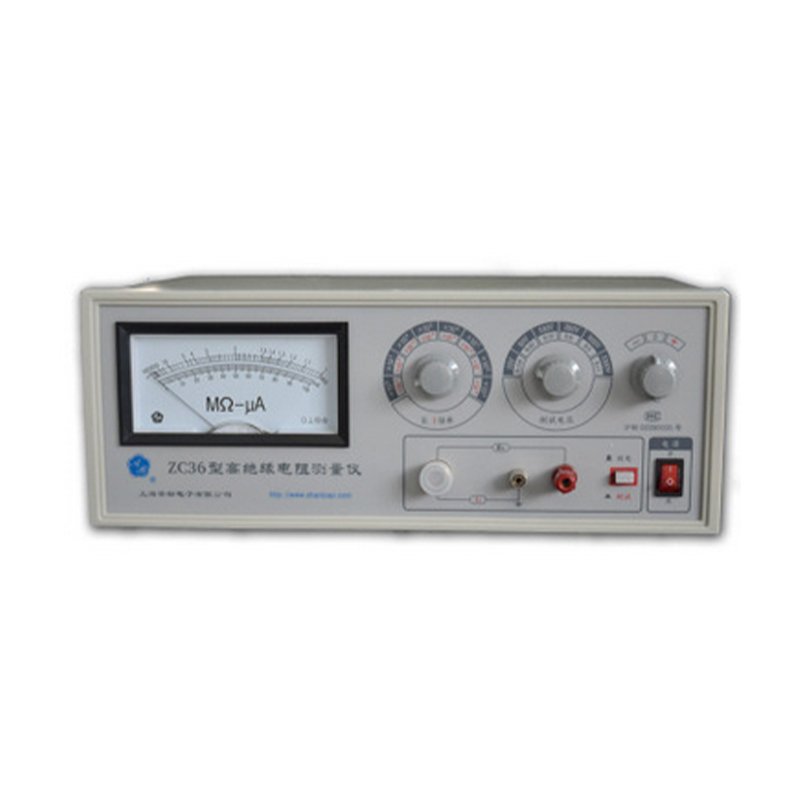Testing Machines for Winding and Torsion Applications in Material Analysis
Understanding Winding and Torsion Testing Machines
Winding and torsion testing machines play a critical role in the fields of material science and engineering, particularly in assessing the mechanical properties of materials that are subjected to complex loading conditions. These machines are designed to test the strength and integrity of materials by simulating the effects of torsion and winding, which are prevalent in a variety of applications, including aerospace, automotive, and construction industries.
Functions and Applications
Winding testing machines primarily focus on evaluating how materials behave under tensile and compressive stress during winding. This is especially important in industries like textiles, where fibers and fabrics are wound into spools, and in the manufacturing of cables and wires. The primary goal is to ensure that these materials can withstand the forces encountered during normal application without breaking or deforming.
On the other hand, torsion testing machines are designed to apply a twisting force to materials to determine their torsional strength and stiffness. This is crucial in applications where components are expected to endure rotational forces, such as shafts in engines or various mechanical devices. By understanding how materials react under torsion, engineers can improve designs, increase safety, and extend the lifespan of products.
Testing Procedures
The operation of winding and torsion testing machines involves various testing procedures that are standardized to ensure consistency and reliability
. For winding tests, specimens are typically secured at both ends and subjected to a winding process that simulates actual use. The machine monitors the load and deformation until failure occurs, allowing engineers to assess the material's maximum load-bearing capacity.winding and torsion testing machine

In torsion testing, a sample is fixed at one end while the other end is twisted at a controlled rate. The machine measures the torque applied and the resulting angular displacement. This data is critical for calculating properties such as shear modulus and torsional strength. By analyzing the stress-strain curves generated from these tests, engineers can gain insights into the material behavior under torsion and make informed decisions about material selection and design optimization.
Importance of Testing Machines
The implementation of winding and torsion testing machines is vital for quality control in manufacturing processes. These machines not only help in verifying the physical properties of materials but also ensure compliance with industry standards and regulations. The results from these tests can lead to improvements in product quality, reduce the risk of failure in applications, and ensure that materials fulfill required performance criteria.
Moreover, as materials technology continuously evolves to incorporate advanced composites and alloys, the necessity for sophisticated testing machines is increasingly pronounced. Engineers and researchers are constantly seeking to innovate and refine testing methods to adapt to new materials and applications, making these machines an indispensable part of modern material testing.
Conclusion
In summary, winding and torsion testing machines are essential instruments for evaluating the mechanical properties of materials under specific types of stress. Their ability to simulate real-world conditions allows engineers to gather crucial data needed to design safer and more efficient products. As industries continue to innovate, these testing machines will play an integral role in advancing material science and engineering practices, ultimately contributing to a safer, more efficient future.
-
Why the Conductor Resistance Constant Temperature Measurement Machine Redefines Precision
NewsJun.20,2025
-
Reliable Testing Starts Here: Why the High Insulation Resistance Measuring Instrument Is a Must-Have
NewsJun.20,2025
-
Flexible Cable Flexing Test Equipment: The Precision Standard for Cable Durability and Performance Testing
NewsJun.20,2025
-
Digital Measurement Projector: Precision Visualization for Modern Manufacturing
NewsJun.20,2025
-
Computer Control Electronic Tensile Tester: Precision and Power for the Modern Metal Industry
NewsJun.20,2025
-
Cable Spark Tester: Your Ultimate Insulation Assurance for Wire and Cable Testing
NewsJun.20,2025
 Copyright © 2025 Hebei Fangyuan Instrument & Equipment Co.,Ltd. All Rights Reserved. Sitemap | Privacy Policy
Copyright © 2025 Hebei Fangyuan Instrument & Equipment Co.,Ltd. All Rights Reserved. Sitemap | Privacy Policy
